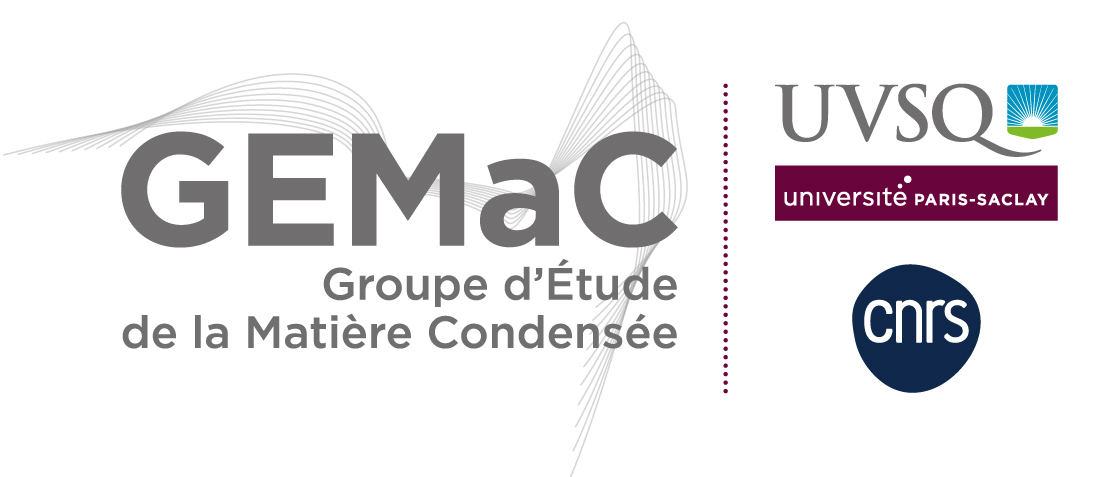Vous êtes ici : GEMACFRSoutenances
- Partager cette page :
- Version PDF
Développements méthodologiques en imagerie et nouvelle appréhension physico-chimique de textiles archéologiques en lin de l'Orient ancien (IIIe et IIe av. J.-C.)
le 7 juin 2019
vendredi 7 juin 2019 à 14 h
Amphithéâtre
Site du Synchrotron Soleil
Saint-Aubin
Site du Synchrotron Soleil
Saint-Aubin
Présenté par madame Li Jiayi
Abstract:
Archaeological textile remains from the ancient East are rare. In Mesopotamia, most of the knowledge about textiles comes from cuneiform texts. Made from animal or vegetable fibres, textiles are perishable in most archaeological environments. One of the main processes of exceptional preservation of archaeological fibres involves contact with a metal artefact, this phenomenon is called “mineralization”. Very little work has been done on the in-depth study of the mineralization processes of cellulosic textiles. This PhD work consisted of a multi-scale study of the interaction between copper-base substrate and ancient textiles, based on samples from the archaeological sites of Gonur-Depe, Nausharo and Tello (3rd and 2nd millennium BC). The work made it possible to implement a new imaging methodology using synchrotron-based semi-quantitative X-ray microtomography to describe the composition of these complicated, heterogeneous and reactive systems in 3D. These developments have allowed us to deepen the archaeological description of these textiles and their burial contexts in relation to the question of their production and use in past times. Finally, we discussed the description of the hybrid system of fibre-corrosion products and the presence of organic signatures in these altered hybrid systems in order to describe the mechanisms underlying their exceptional preservation.
Archaeological textile remains from the ancient East are rare. In Mesopotamia, most of the knowledge about textiles comes from cuneiform texts. Made from animal or vegetable fibres, textiles are perishable in most archaeological environments. One of the main processes of exceptional preservation of archaeological fibres involves contact with a metal artefact, this phenomenon is called “mineralization”. Very little work has been done on the in-depth study of the mineralization processes of cellulosic textiles. This PhD work consisted of a multi-scale study of the interaction between copper-base substrate and ancient textiles, based on samples from the archaeological sites of Gonur-Depe, Nausharo and Tello (3rd and 2nd millennium BC). The work made it possible to implement a new imaging methodology using synchrotron-based semi-quantitative X-ray microtomography to describe the composition of these complicated, heterogeneous and reactive systems in 3D. These developments have allowed us to deepen the archaeological description of these textiles and their burial contexts in relation to the question of their production and use in past times. Finally, we discussed the description of the hybrid system of fibre-corrosion products and the presence of organic signatures in these altered hybrid systems in order to describe the mechanisms underlying their exceptional preservation.





